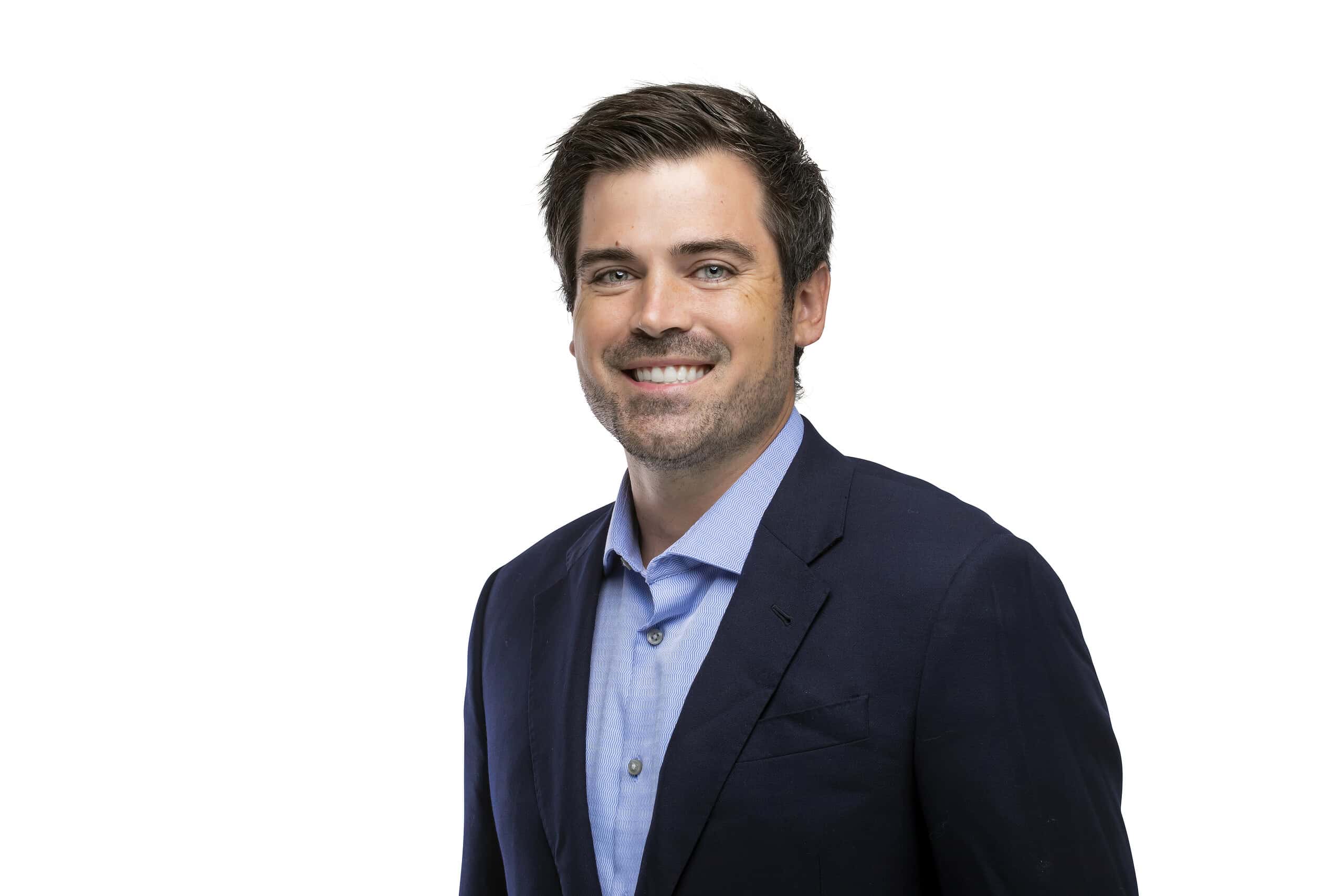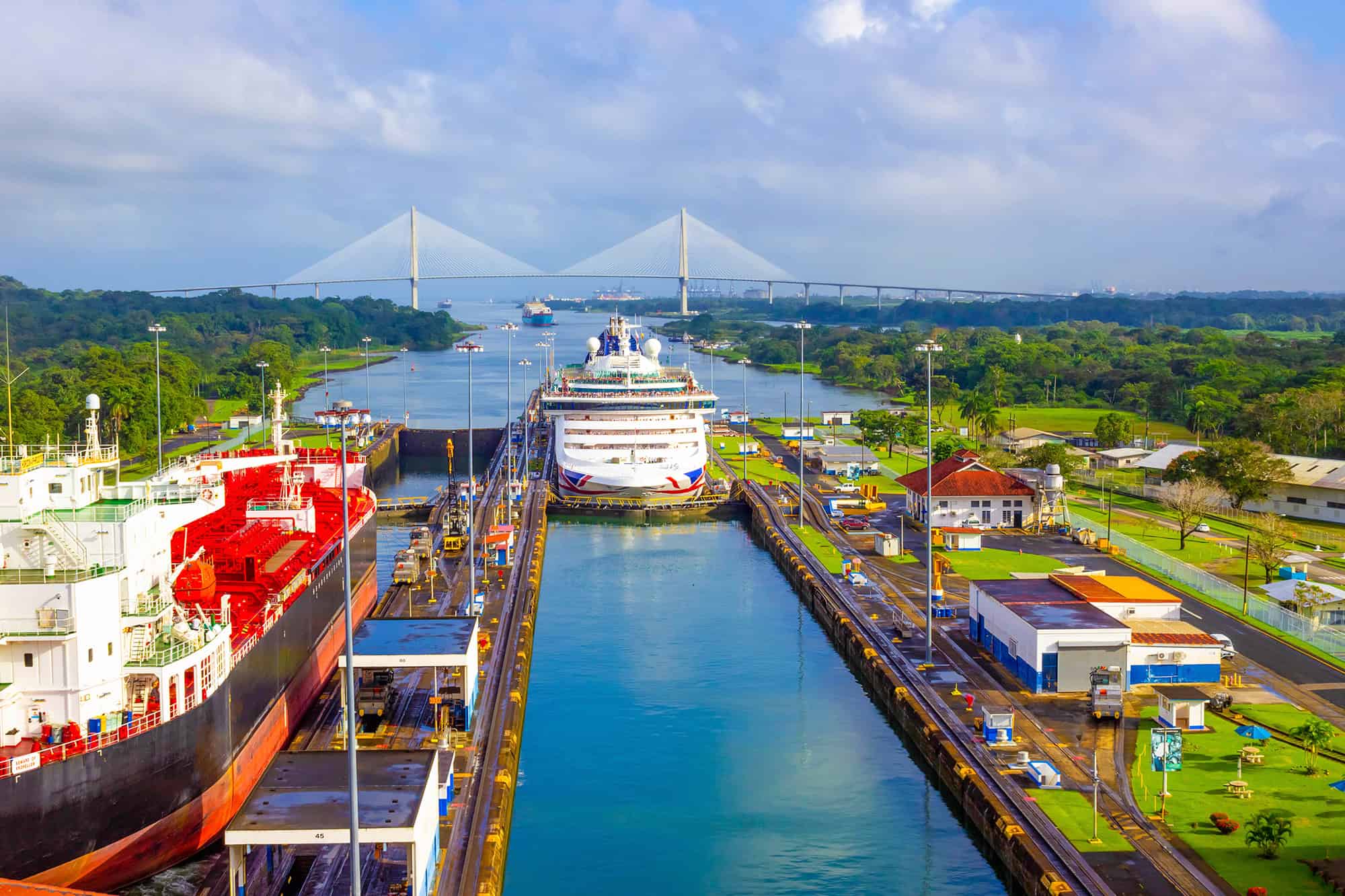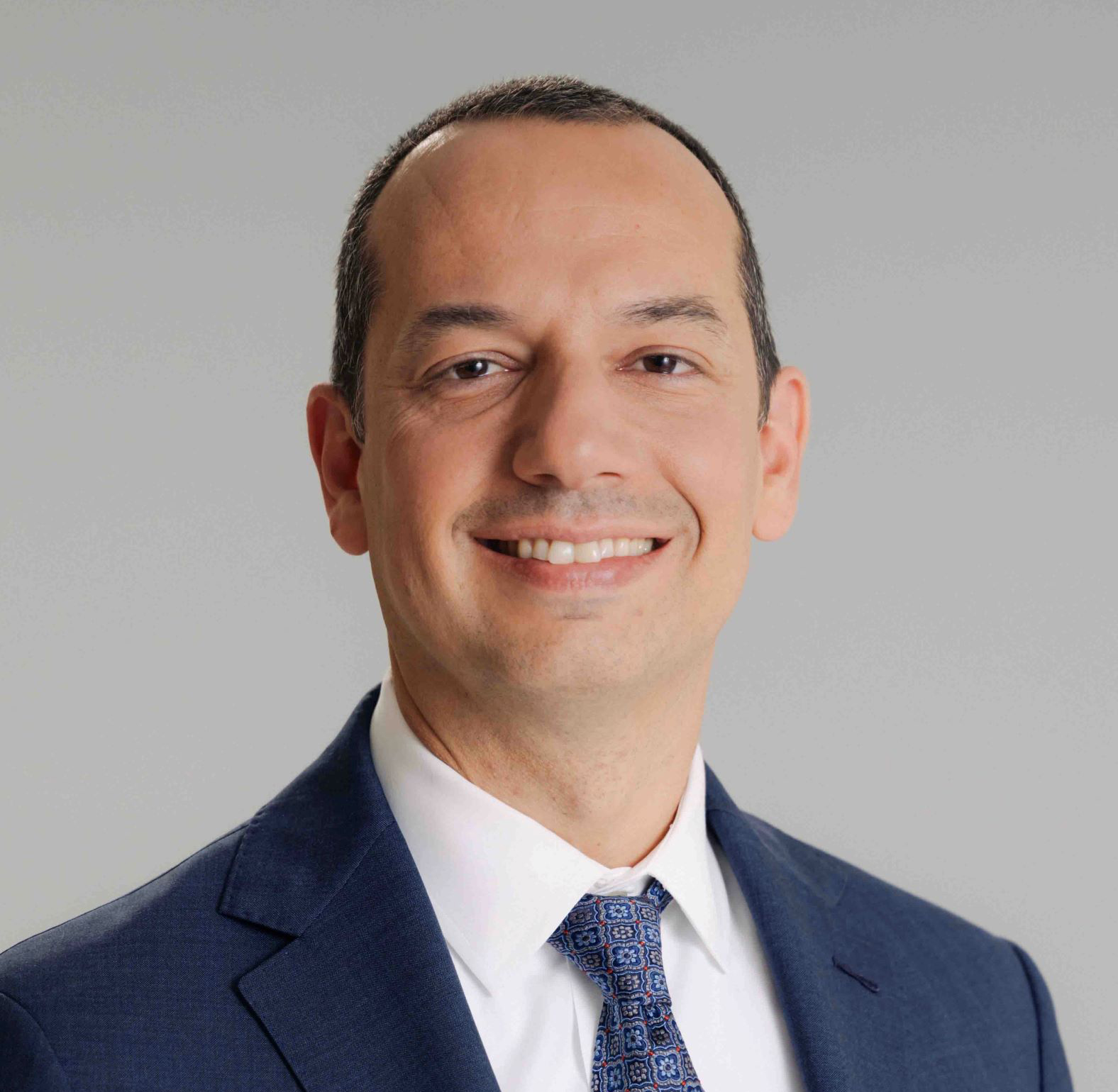AE Industrial’s ‘Captain’ Kirk Konert On Firefly Beating Musk’s SpaceX, PE Space Race

Kirk Konert is a Managing Partner at AE Industrial, where he sits on the board of several portfolio companies, including Firefly Aerospace, BigBear.ai, and York Space Systems. Firefly became the first private company to land a spacecraft on the moon, beating Elon Musk’s SpaceX to the punch and underscoring the new era of commercialized space exploration.
Global Finance: Congrats on Firefly’s Blue Ghost, which completed its lunar mission in March.
Kirk Konert: It was a little surreal and unbelievable, watching the Blue Ghost softly land on the moon. Firefly is the first commercial company to have accomplished this feat. So therefore, AE Industrial is the only private equity firm with a portfolio company that has achieved this milestone. There’s a lot of pride on our team. Obviously, we’re not the engineers, but we have helped the company get to where it is today, and we’re excited to play a small part in that.
GF: Are we officially in the era of space privatization?
Konert: I believe so. We are now past the point of asking, “Is this an investable sector for private equity and private investment firms?” We were in this sector earlier than others, but now we’re seeing large blue chip buyout firms taking substantial bets on the space industry, like Advent International with their $6.4 billion acquisition of Maxar, and KKR’s acquisition of OHB SE, a German space and technology company, last year. People are starting to believe that there’s a real opportunity to invest capital. Competition for assets has increased, and that’s a great sign. It’s good to be part of a healthy ecosystem where you have larger buyout firms participating alongside middle market firms like ours.
GF: LPs are growing concerned about their lack of returns. What’s their reaction to potential returns from the space sector?
Konert: Initially, LPs were a little skeptical. They sort of looked at it as an industry that’s in too early of a stage, and riskier than your traditional buyout. So far, we’ve been able to show that’s not necessarily the case. The companies we’re investing in are underpinned by real demand, real contracts and real growth. That’s different than saying, “Hey, we’re investing in a venture company that could make a satellite that could do XYZ.” We’re investing in companies that are not dissimilar to other end markets we focus on, such as defense, aerospace and industrial services. It just happens to be that this is a sector that maybe had a stigma of being a little riskier. But we kind of view space as just another domain, and we’re investing in a way that aligns with what our LPs expect.
GF: How does that pitch go whenever an LP is skeptical?
Konert: We’re always speaking to our existing investors about how we’re spending their capital and managing risk versus return. And for new investors, we present case studies of what we’ve done. American Pacific Corporation, for example, is a specialty materials manufacturer for national security and space programs that we originally bought from a family and improved. We sold it to New Market Corp. last year for $700 million. We also point to Redwire. At the time, we made a picks-and-shovels play for this “space gold rush.” We predicted it would happen and [the IPO] was great for investors. So, we show those success stories and say, “Look, you might see headlines of a rocket blowing up… We’re not investing in that. We’re investing in technology that works.” Also, there’s additional value that investors don’t price into the space market—things like Blue Ghost landing on the moon. We didn’t price that in when we invested in the company. But that’s obviously a huge value creative event and we will benefit from that option value that we didn’t underwrite in our model.
GF: I understand you earned the name Captain Kirk because of your space expertise. What’s the backstory?
Konert: [Laughs] The backstory is maybe not as inspiring as you might think. We were investing in the supply chain for commercial aerospace and defense businesses; there was a space component to those assets. And we started to notice that SpaceX was a line item in our company and thought, “Is this something we want to focus on?” We started digging and saw similarities to what happened in aviation where flying was very expensive, but that cost curve came down substantially. And then asset manufacturing went up substantially. So, we wondered how we can invest in that embedded growth and take a deep dive into that industry. It’s been a decade-long experience to become experts in the sector. But we believe in the mission; it gets us out of bed every day to say we’re investing in technologies that matter for the long term, whether it’s for human exploration to Mars, or protecting critical infrastructure for national security.
GF: What are the key barriers of entry for a company like Firefly in a world where Musk dominates media reaction and SpaceX is mainstream?
Konert: You got to give credit to SpaceX for changing the game. It’s the reason why we can invest in the space sector, but there’s always room for other great companies to participate in the market. And I think Firefly is one of them. They serve a specific niche that SpaceX does not serve. And I think that’s how we view it. We can be complimentary to what SpaceX is doing. Their Falcon 9 is not a perfect rocket for the missions that Firefly’s Alpha should be serving. It’s similar to what we’ve seen in legacy businesses. We’re not going to go head-to-head with Lockheed Martin and develop an F35 [fighter jet]. We’re going to find mission areas around that where we can carve out a niche and hopefully grow the entire pie for everyone in the space market. So, I think that’s how we look at SpaceX. We will beat them in some areas.
GF: You already did.
Konert: We did. Healthy competition is good for the incumbent, or the dominant player. Without that, you create complacency and overall stagnation of the market. Great competition creates a bigger, better, healthier market. I think SpaceX welcomes that. Hopefully Elon views it the same way. I think he does based on his view of the world. SpaceX is good at making satellites for Starlink and for their constellation. But our portfolio company, York Space, is better at some mission areas than SpaceX. York is good at making satellites for missions that are more bespoke and custom for national security. That’s a different part of the market where we can both play. We’ll beat them in some places, and they’ll beat us in some places.
GF: Earlier this month, Firefly secured a US Defense Department contract for an on-orbit mission in 2027, but SpaceX benefits from receiving generous US government contracts. What are the roles that regulators play in this sector and is there room for a company like Firefly to score contracts as well?
Konert: Investing in space has a lot of tailwinds as it relates to the US. The pacing threat is China, which is, in some ways, beating us in some areas within the space market. The headlines are one thing. But if you look at the broader community, they’re saying we need to have more investment in space—period. SpaceX will have a role to play. So will other companies like Firefly and York. We think the best solution, the best technology and the best cost will ultimately win the day. From our standpoint, we see a lot of opportunity and we’re also going to continue to find commercial and other markets to play in that can be additional growth areas. So, we see it as a positive that space is so in the forefront of the Trump administration’s mind. There will be more contracts for SpaceX, but I think there’ll be more contracts for the industry overall.
GF: Are there other sectors besides space, like drones or AI, where similar growth is evident?
Kirk: This year, one of our space-related portfolio companies, Redwire, acquired a drone company called Edge Autonomy. Now they have both a low-Earth orbit satellite just above the atmosphere, plus a drone company that’ll operate just below that—full domain expertise within one company. Before that deal, AeroVironment, a major drone maker, bought a space- and defense-tech company called BlueHalo for $4.1 billion.
We have investments in both those areas and see a convergence of it all to some degree. AI is going to be part of every company. Going forward, if you don’t have an AI strategy, you’re probably going to lose. AI will be used for space exploration, too. We used AI for Blue Ghost’s moon landing, for example. It’s also a key component of how you invest in your own portfolio companies. Our strategy is to invest in companies that take AI models and use their domain expertise to apply those models to help the customer. What we’re not investing in is large language models. We’ll let Elon Musk and Sam Altman do that work. We’ll focus on taking their models to apply it to the problems we’re trying to solve in our core sectors.

The Space Boom Is Here
Falling costs, private investment, and new business opportunities are fueling a rapidly expanding space economy poised for major growth.













